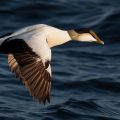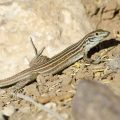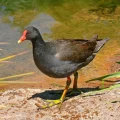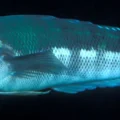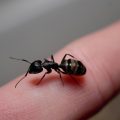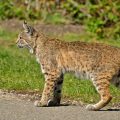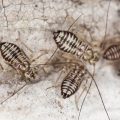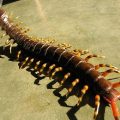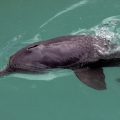The Southern Cassowary is the world’s largest and most dangerous bird. Native to New Guinea and Northern Australia, it is a large, flightless bird with black feathers and a vivid blue neck and head. It has a bright red wattle that hangs from its neck, long legs, and long claws on each foot for protection. The female is larger than the male and can stand up to 1.5 m (5 ft) tall with an impressive 2000mm (6 ft 7 in) wing span!
The Southern Cassowary is an important part of rainforest ecology. They eat fallen fruit off the ground, disperse seeds across the landscape, and act as an umbrella species by helping to conserve other species in their habitat. Despite their importance, they are listed as Endangered with fewer than 4,600 left in the wild due to deforestation and hunting.
In captivity however, the Southern Cassowary can be quite aggressive if provoked. They have been known to attack both humans and dogs with their powerful kicks whch can cause serious or even fatal injuries. This was demonstrated tragically in 2019 when a Florida man was killed by a captive cassowary’s kick.
Due to their aggressive nature it is illegal to own a cassowary as a pet in most places around the world. If you spot one of these magnificent animals in the wild then it’s best to admire them from afar as they are very wary of humans and should be treated with respect.
The Southern Cassowary is an incredible animal that should be protected so that future generations can enjoy seeing them roam free in their natural habitat!
Can Southern Cassowaries Kill Humans?
Yes, a southern cassowary is capable of killing humans if provoked. Although they are generally shy and reclusive birds, they can be very dangerous if they feel threatened. They have powerful legs with long claws that can cause serious lacerations and puncture wounds. They also have a sharp casque on their head that can be used to stab or slash at a person. If a cassowary feels cornered or threatened, it may attack, which could result in fatal injuries.
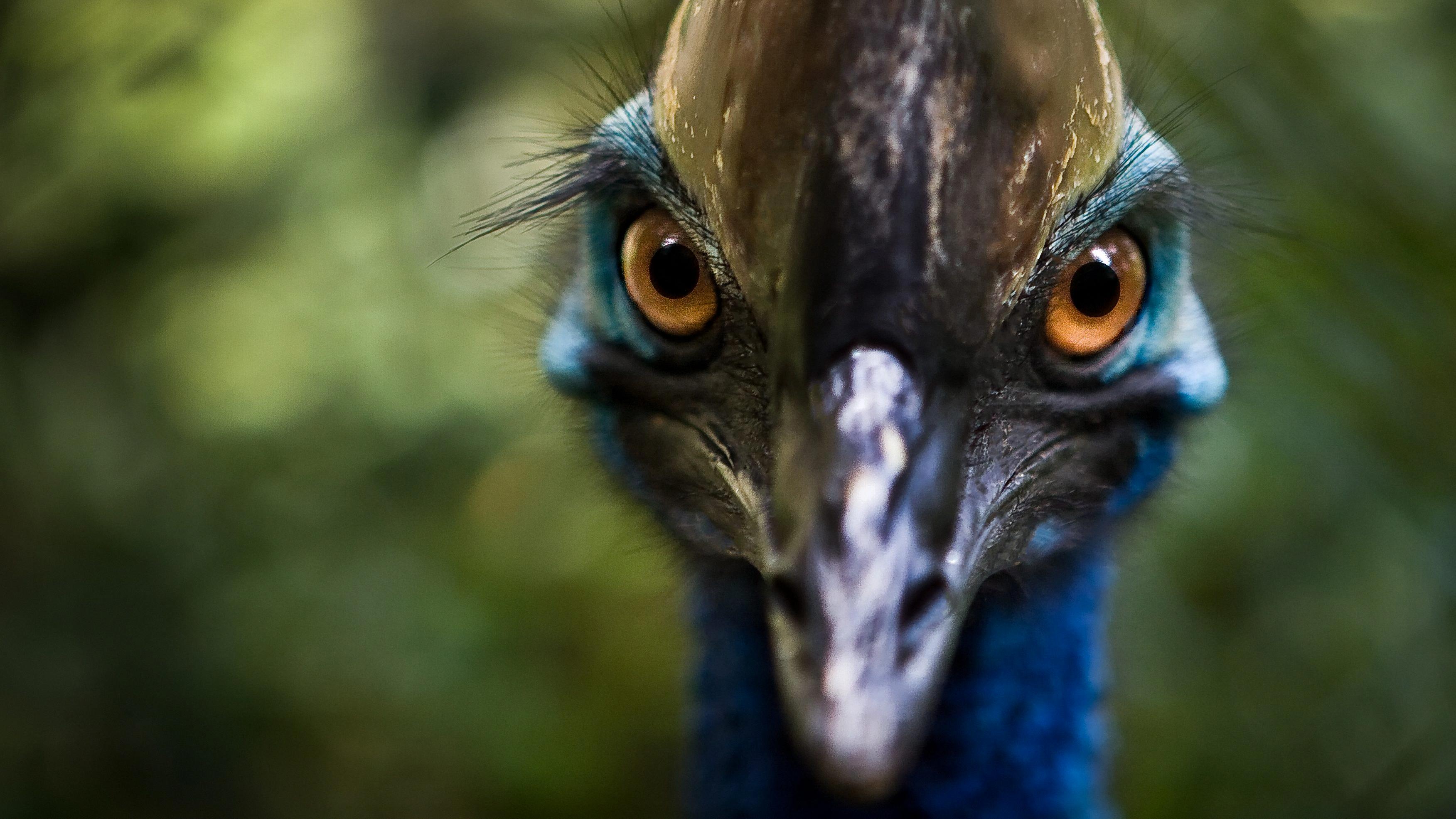
Source: discoverwildlife.com
The Deadliest Bird in the World
The southern cassowary (Casuarius casuarius) is widely regarded as the world’s deadliest bird. Native to New Guinea and Northern Australia, it is a large, flightless bird with a thick skin and long legs. Though shy and elusive in its natural habitat, the cassowary can be aggressive when provoked.
The bird has razor-sharp claws on each of its three-toed feet that can grow up to five inches long. It can use tese claws to kick with tremendous force, capable of inflicting significant damage on any person or animal that gets too close. In 2019, a captive cassowary fatally kicked an unsuspecting Florida man.
In addition to its claws, the cassowary also has a powerful beak that can inflict serious injury if wielded against a human or other large animal. It primarily uses this weapon to attack predators and protect itself from danger. The sharp bill can also be used to cut through tough vegetation while foraging for food in the wild.
For these reasons, the southern cassowary is widely considered to be the deadliest bird in the world today. Although it is typically shy and evasive in its natural environment, it should never be approached without caution due to its potential for violent behavior if provoked or threatened.
Owning a Southern Cassowary: Is It Possible?
No, it is not legal to own a Southern Cassowary as a pet. While these birds are native to Australia and New Guinea, they are considered an endangered species in many areas and protected by law. In addition, these birds are very large and can be aggressive, so owning one is not recommended for the safety of both the pet and its owner. For those who wish to observe cassowaries in their natural habitat, there are many sanctuaries throughout Australia dedicated to protecting these birds.
Number of Southern Cassowaries Remaining
Currently, there are an estimated 4,600 Southern Cassowary birds left in the wild. This number has been steadily declining over the years, with human activities such as deforestation and hunting contributing to their decline. The Australian government has listed the species as endangered, meaning it is now considered critically threatened. The Southern Cassowary is an iconic species of tropical rainforest and plays a vital role in its ecology and regeneration, so it is essential that we act quickly to ensure its survival.
Can Cassowaries Be Kept as Pets?
No, cassowaries cannot be pets. These large flightless birds are native to the tropical forests of Australia, New Guinea, and some nearby islands. Although they may look like friendly birds, cassowaries have a reputation for being dangerous. They have powerful legs that can kick with tremendous force and sharp claws on their feet that can cause serious injury. In addition to their physical capabilities, cassowaries are also very territorial and do not respond well to human interaction or captivity. For these reasons, it is not recommended to keep a cassowary as a pet.
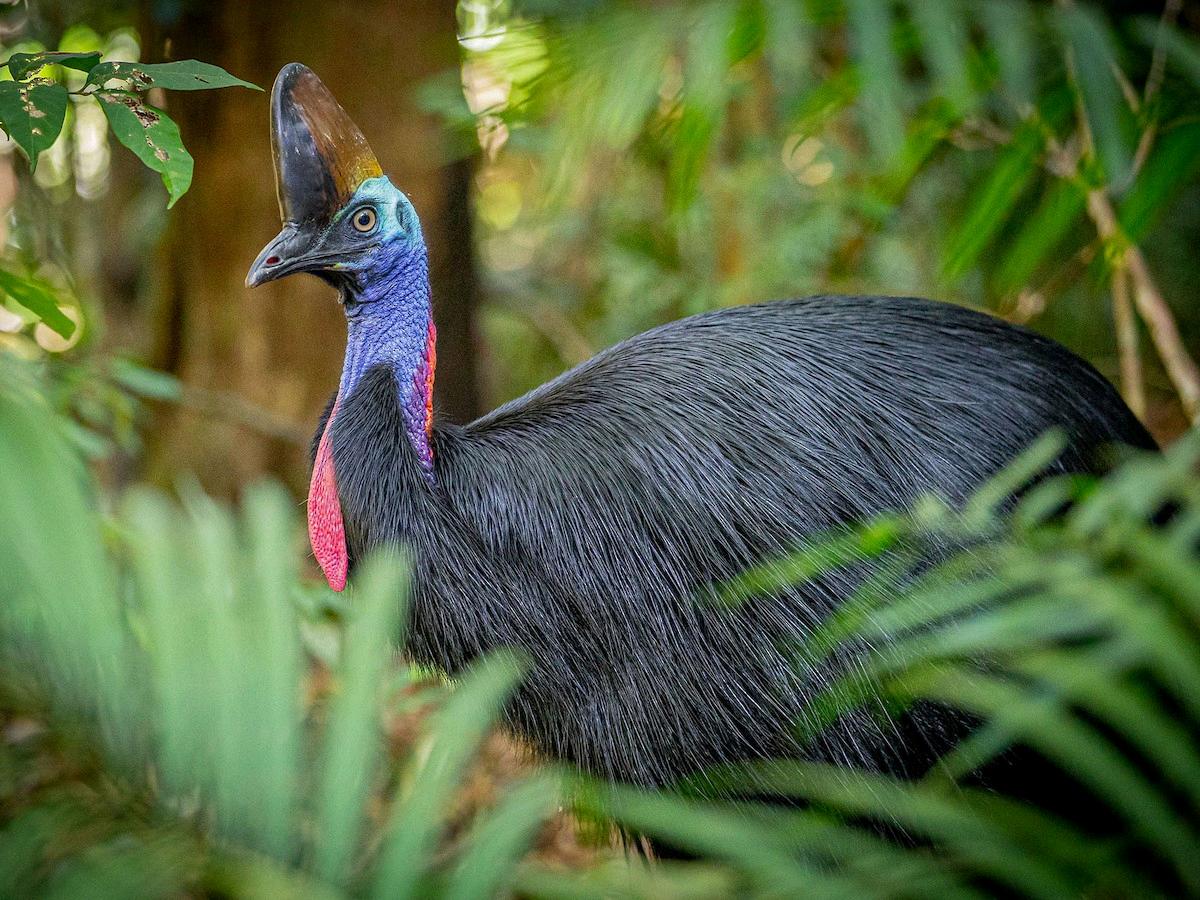
Source: ebird.org
The Deadliest Flying Bird
The Cassowary (Casuarius) is widely considered to be the deadliest flying bird in the world. This large, flightless bird stands up to 6 feet tall and can weigh more than 130 pounds. Its powerful legs are equipped with razor-sharp claws, which it uses to defend itself when threatened. Cassowaries are also known for their aggressive behavior, and they have been known to attack humans with their sharp claws if provoked. They are found in the tropical rainforests of Australia, New Guinea, and certain islands in Indonesia. Although not capable of sustained flight, they can use their powerful wings to run at speeds up to 31 mph and jump up to 5 feet in the air.
What To Do When Approached by a Cassowary
If a cassowary begins to approach you, it is important to remain calm and not panic. Move slowly away from the bird, keeping an eye on its movements and making sure not to turn your back to it. If possible, place soething between you and the bird such as a large stick or rock as a barrier. Avoid eye contact with the cassowary, as this can be interpreted as a challenge. Speak in a low, calm voice to let the bird know that you do not pose any threat. Once at a safe distance, stay still and observe the bird from afar until it moves away of its own accord.
Evolution of the Cassowary
Cassowaries evolved from a common ancestor approximately 25-30 million years ago, during the Mesozoic era. This species is native to Australia, and is closely relted to the emu. It has evolved unique physical features that enable it to survive in its environment, such as strong legs and a large, sharp beak. The plumage of these birds is generally black or grey with brightly coloured wattles and casques on the head. They have an impressive running speed of up to 30 miles per hour! Their diet consists of mostly fruit and other plant matter, insects, small animals, frogs, lizards and snakes. Cassowaries are also capable swimmers, using their powerful legs to propel themselves through water.
The Aggressive Nature of Cassowaries
Cassowaries are large, flightless birds native to Australia and New Guinea. They have a reputation for being aggressive, but they are not naturally so. In many cases, the aggression is a result of cassowaries defending themselves or their young from perceived threats. These animals are very territorial and will put up a fierce fight if they feel that someone or something is encroaching on their space. They may also become aggressive if they believe that people approaching them migt have food. As these birds have few natural predators, they do not shy away from confrontation like other wild animals might. Ultimately, cassowaries’ aggression is rooted in self-defence and the protection of their families.
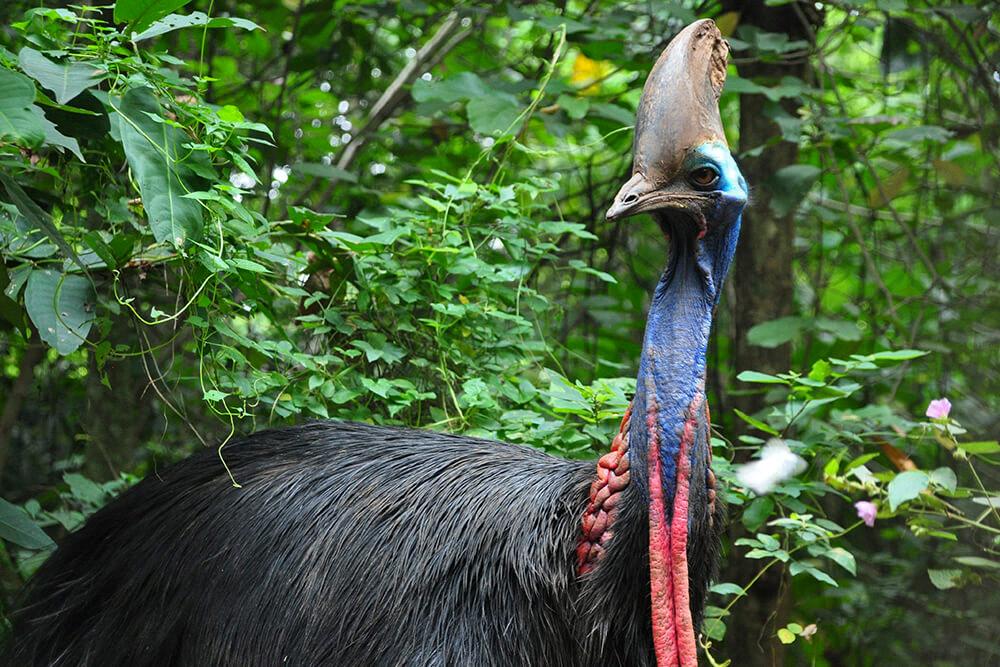
Source: animals.sandiegozoo.org
Are Cassowaries Larger than Emus?
No, cassowaries are not bigger than emus. The emu is taller, standing between 5 and 6.5 feet tall, while the average cassowary is only 4 to 5 feet tall. However, the cassowary is much heavier than the emu and is considered to be the heaviest bird in Australia and the second heaviest in the world after its cousin, the ostrich.
Is the Cassowary a Dinosaur?
No, the cassowary is not a dinosaur. It is a large, flightless bird native to Australia, New Guinea and nearby islands. Although it shares certain characteristics with dinosaurs – such as its large body size and fierce claws – it is not a dinosaur itself. However, the cassowary does have one feature that may link it to ancient dinosaurs: a helmet-like structure called a casque on top of its head. This suggests that some dinosaurs may have had similar features millions of years ago.
Are Cassowary Eggs Edible?
Yes, cassowary eggs are edible. Studies conducted by anthropologist Dr. Martha Douglass suggest that people in New Guinea may have been eating cassowary eggs thousands of years ago. The dish is known as balut and is made with duck eggs today, but it is believed that the original version was made with cassowary eggs. Cassowary eggs are considered a delicacy in some parts of the world and can be boiled, fried, or cooked in other ways to make a variety of dishes. However, they must be cooked properly to ensure they are safe to eat.
What is the Taste of Cassowary?
Cassowary meat has a unique and intense flavor, often compared to beef. It is characterized by its savory richness that can be attributed to its high umami content. Its texture can be quite tough, however this can be remedied with proper preparation and cooking methods. The flavor profile of cassowary meat is further enhanced when cooked with herbs and spices, allowing the natural flavors of the meat to shine through. Overall, cassowary has a distinct flavor that is sure to please even the most discerning palates.
Predators of the Cassowary
Yes, cassowaries do have predators. In their native environment, they are preyed upon by various animals, such as crocodiles, pythons, dingos, and quolls. However, the effects of these predators are relatively minimal compared to the threats posed by humans over the last two hundred years. This includes habitat destruction due to logging and land clearing for agricultural purposes, increased predation from feral cats and dogs, and being killed by cars on roads near their natural habitats.
The Rarity of Seeing a Cassowary
Yes, it is very rare to see a cassowary. The cassowary (Casuarius casuarius) is the only surviving member of the ancient order of flightless birds known as the ratites, and is native to northern Queensland, Australia. Sadly, Cassowaries are becoming increasingly rare due to habitat destruction and hunting activities. Scientists estimate that there might be only 1,200 – 1,500 of thse birds left in Australia today. As they are shy birds and live in dense rainforest habitats, it is difficult to spot them in their natural environment. Additionally, cassowaries only come together during mating season so it is even more improbable to encounter one with another. Therefore, it is quite rare to see a cassowary in the wild.
Conclusion
The southern cassowary is an endangered species that plays a crucial role in rainforest ecology and regeneration. Despite their shy and secretive nature, they can be aggressive when provoked or in captivity, and are capable of inflicting serious, even fatal injuries to both dogs and people. Therefore, it is illegal to own one as a pet in most places. Conservation efforts must be made to ensure the survival of this unique species for generations to come.

